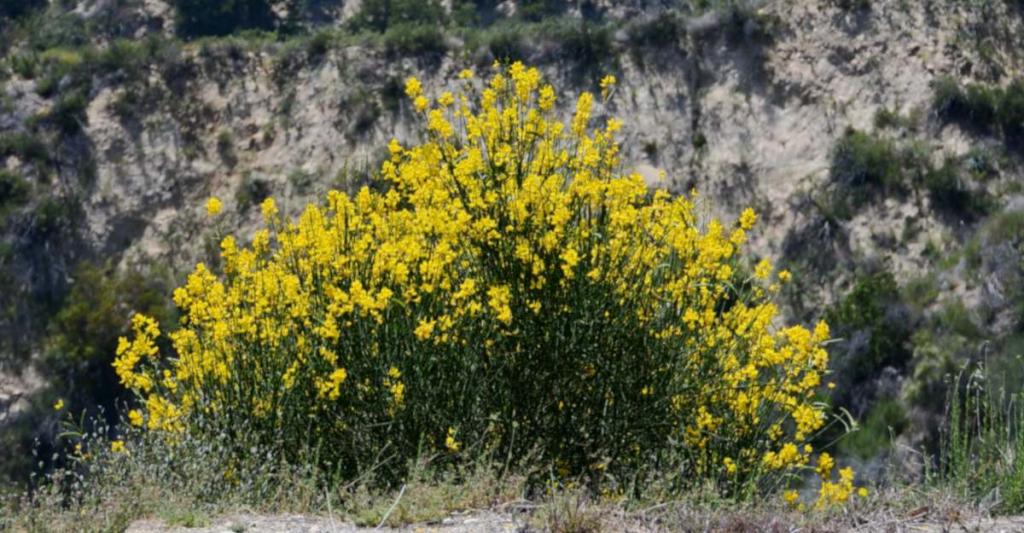

Following is a link from a Nantucket Island publication. While it may not be on an invasive list yet in New England it certainly has taken notice. Following is a link from the Oregon State Extension. I imagine with climate change it could be on Vermont's radar at some point as well. It is very difficult to control and manage once it gets a foothold. At first he said that he hadn't heard but when he looked up a picture he said he sees it everywhere along roadsides and in fields.
#Scotch broom pomona professional
Since I was on a professional call this morning with a person from the Oregon coast and asked if he knew about this plant. In the US it is recognized as an invasive species on the West coast. It does look beautiful but it spreads rapidly and takes over a foreign environment with abandon. Having traveled in the island nation of New Zealand I have seen it in action. The Cytisis Scoparius 'Scotch Broom' is native to Europe and has been imported as a landscape plant around the world. This puts it in the warmer side of Vermont's range although I don't know from where you are writing.Ī longer answer for your plant not surviving is that it's probably a good thing. The short answer to your question is that the hardiness zone for your plant is 5a-8b.
#Scotch broom pomona how to
Its magnificent blooming will remind you it’s still there, though! How to prune cytisusĬytisus doesn’t need to be pruned or trimmed, but you can, however, remodel its shape from time to time. The seed pods often open explosively, vaulting the seeds to some distance away. Scotch broom reproduces vegetatively and by seed. The green branches are sharply angled with five green ridges, and they are hairy when young and without hairs as they mature. Pruning and caring for cytisusĬytisus is so easy to care for, that it requires very little work and you can forget about it completely. Scotch broom is a bushy, drought-deciduous shrub that grows three to six feet tall. Here are the best alternative broom shrubs that can be planted instead. Note that some Cytisus species are invasive in the Americas.

If purchased in a container, cytisus can equally be planted both in fall or spring, as long as it doesn’t freeze. Cytisus is a fantastic flowering shrub, instantly recognizable thanks to its flush of upright, blooming branches.Įasy to care for, the planting and pruning contribute towards increasing growth and blooming of your cytisus.


 0 kommentar(er)
0 kommentar(er)
